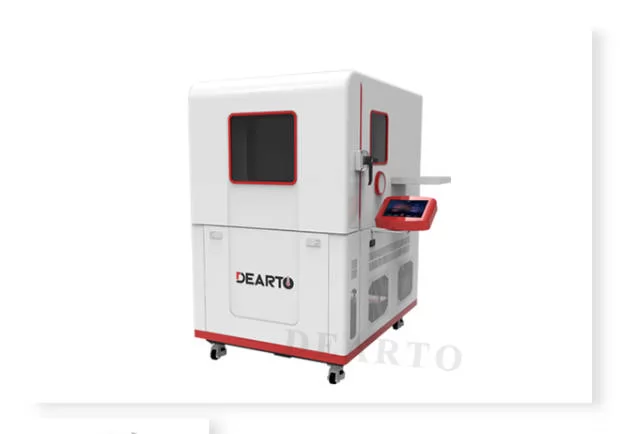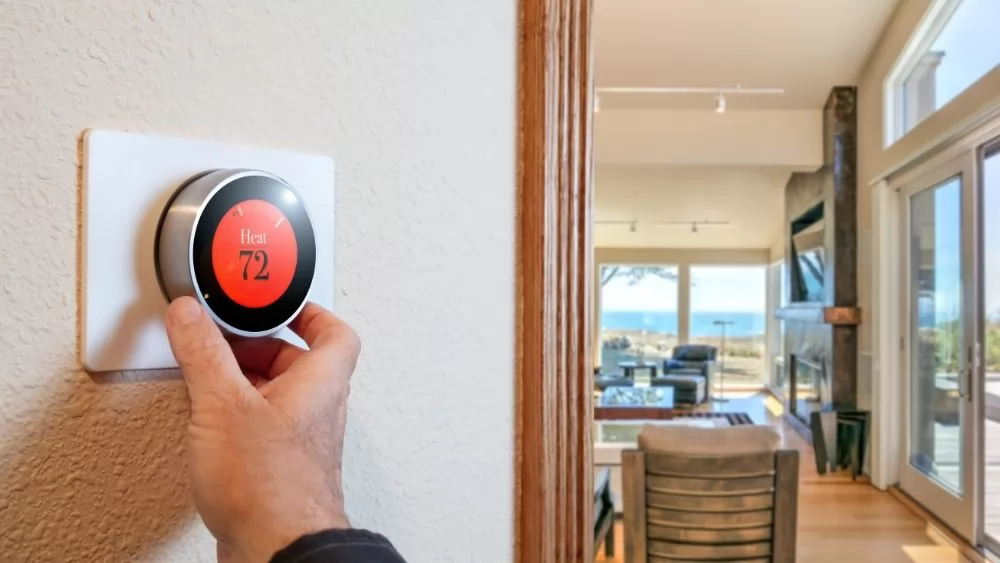
A thermostatic chamber is a controlled environment designed to maintain precise and stable temperature conditions. These chambers play a crucial role in various scientific, industrial, and research applications. Let’ s delve deeper into their functionality and significance.
List of Contents |
Intro to Thermostatic Chamber
A thermostatic chamber is a device or space specifically engineered to uphold a consistent temperature. They find common usage in scientific laboratories, industrial manufacturing, pharmaceutical sectors, and more, serving to establish a stable temperature environment for experiments, storage, or production processes. Temperature regulation within a thermostatically controlled chamber can be achieved through various means, such as heating or cooling systems, thermostats, sensors, and other related apparatus. The primary purpose of a thermostatic chamber is to ensure that experiments or storage activities occur under precise temperature conditions tailored to meet diverse application requirements.
Working Principles
When talking about thermostatic chambers, we have to mention the working principles of these complex devices. The climate-controlled room precisely controls temperature through advanced heating and cooling systems. These systems use an electric heater for heating and a combination of compressor and refrigerant for cooling. In order to maintain the stability of the internal environment, the enclosure and insulation materials of the thermostatic chamber are crucial. Specialized materials provide good insulation to reduce the effects of external temperature changes. Additionally, airflow management is critical to achieve uniform temperature distribution throughout the chamber. Fans and ducts ensure air circulation, thereby avoiding local temperature gradients. Finally, the "brains" of a climate chamber are its controls and sensors. A PID (proportional-integral-derivative) controller continuously calculates the difference between the desired temperature and the current temperature and makes real-time adjustments to the heating and cooling system to keep the temperature within a predetermined range.
Applications
Thermostatic chambers find applications across different fields:
Materials Testing: Researchers and manufacturers utilize these chambers to assess material properties.
Conducting tests on materials under controlled temperature conditions aids in forecasting real-world performance.
Research and Development: Scientists depend on thermostatic chambers for conducting experiments and advancing product development.
Whether in pharmaceuticals or electronics, precise temperature regulation proves indispensable.
Quality Control: Industries like automotive and aerospace employ these chambers to guarantee product uniformity.
Ensuring instrument and component calibration within designated temperature ranges remains paramount.
Components
A typical thermostatic chamber comprises several key components:
Heating and Cooling Systems: Sophisticated systems maintain the desired temperature. Heat exchangers, compressors, and refrigerants play a crucial role.
Humidity Control: Some chambers also regulate humidity levels. Humidifiers and dehumidifiers ensure precise environmental conditions.
Safety Measures: Overheat protection mechanisms prevent damage. Alarms and emergency shutdown features enhance safety.

Common Challenges
While thermostatic chambers offer precise control, challenges exist:
Temperature Fluctuations: External factors (e.g., power fluctuations) can impact stability. Proper insulation and robust control algorithms mitigate fluctuations.
Uniformity Across the Workspace: Ensuring consistent conditions throughout the chamber can be challenging. Strategic placement of sensors and airflow management help achieve uniformity.
Best Practices for Maintenance
Regular Maintenance
-
Clean filters, inspect sensors, and lubricate moving parts.
-
Follow manufacturer guidelines for maintenance intervals.
Safety Checks
-
Regularly test safety features.
-
Train operators on emergency procedures.
Energy Efficiency and Sustainability
Efficient chamber operation reduces energy consumption and environmental impact:
Insulation Upgrades
-
Regularly inspect insulation materials.
-
Upgrading to more efficient materials can enhance energy conservation.
Energy-Saving Modes
-
Modern chambers often have energy-saving features.
-
Utilize these modes during non-critical periods.
Validation and Qualification
Thermostatic chambers are often subject to validation and qualification processes. These procedures verify that the chamber meets specific standards and requirements. Here are some key points:
IQ (Installation Qualification): This phase ensures that the chamber is correctly installed, including verifying its location, power supply, and connections. It also confirms that the chamber’s specifications match the intended use.
OQ (Operational Qualification): During OQ, the chamber’s performance is tested under various conditions. This includes assessing temperature uniformity, stability, and response time. OQ ensures that the chamber operates as expected.
PQ (Performance Qualification): PQ evaluates the chamber’s performance over an extended period. It involves running the chamber under typical operating conditions to demonstrate its reliability and consistency.

Conclusion
In short, the thermostatic chamber is an important instrument in many fields, ensuring the accuracy and reliability of instruments and sensors. By carefully controlling temperature conditions, these chambers allow for meticulous calibration and testing, reducing the risk of inaccuracies and financial losses. If you are looking for a comprehensive solution in temperature calibration and measurement, feel free to contact DEARTO Instrument in China. DEARTO Instrument is committed to research, innovation and production, and is committed to leading advancements in the field of temperature and humidity calibration.



